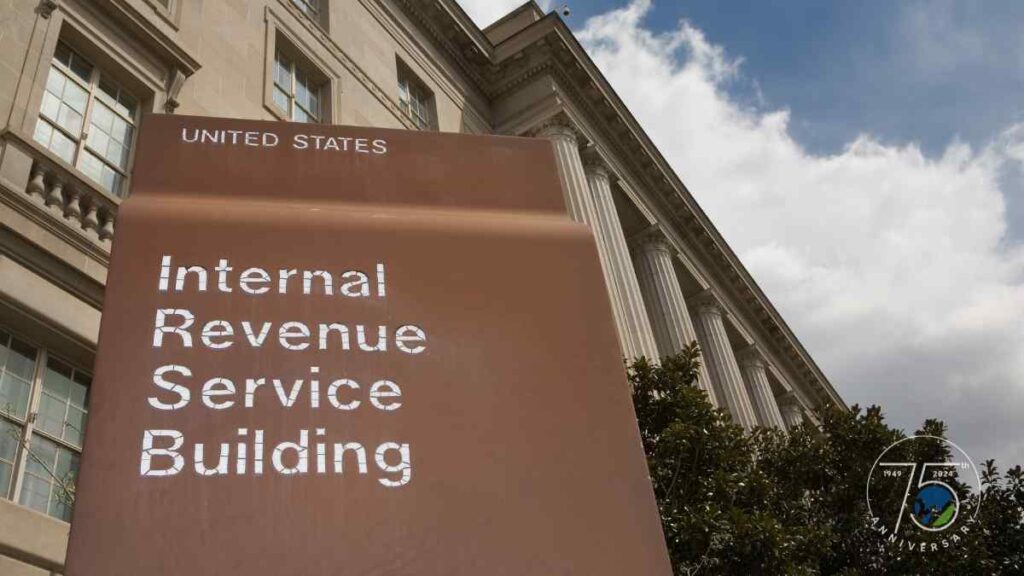On August 15, 2024, in Announcement 2024-212, the IRS provided a limited re-opening of the second round of a Voluntary Disclosure Program for employee retention credits (ERC) for businesses, including tax-exempt organizations, who filed improper ERC claims. Under this program, employers who discovered they did not qualify for ERC, can now pay back the ERC received at a discounted rate of 85% of the credit. There was a previous ERC Voluntary Disclosure Program that ended on March 22, 2024. This new second round of the ERC Voluntary Disclosure Program will be in effect until 11:59pm on November 22, 2024.
This program is a relief for advisors and businesses who missed out on the first round of the Voluntary Disclosure Program.
There are two stark differences between the second round and the first round.
- The first round allowed businesses to repay 80% of the ERC credit and this second round requires a repayment of 85% of the credit.
- The first round included 2020 and 2021 credits, and this second round only will allow 2021 ERC credits to be repaid.
This Voluntary Disclosure Program allows employers to resolve any civil tax liabilities, penalties and interest by timely filing the proper forms and repaying 85% of the credit received for payroll quarters ending in 2021.
How do companies qualify for the voluntary disclosure program?
To qualify for this program, employers must meet a few requirements:
- The participant is not under criminal investigation, and they have not been notified that the IRS intends to commence a criminal investigation.
- The IRS has not received information from a third party alerting the IRS to the participant’s noncompliance, nor has the IRS acquired information directly related to the noncompliance from an enforcement action.
- The participant is not under an employment tax examination by the IRS for any tax period(s) for which the taxpayer is applying for this Voluntary Disclosure Program.
- The participant has not been notified by the IRS that the ERC they received is being recaptured for any tax period(s) for which the taxpayer is applying for this second ERC Voluntary Disclosure Program.
- The participant has not previously received notice and demand for repayment of all or part of the claimed ERC.
Employers who use a third-party payer such as a professional employer organization (PEO) or a certified professional employer organization (CPEO) must have those organizations file on their behalf.
What are the benefits of the program?
The benefits are similar to the first round of the Voluntary Disclosure Program.
- Any interest received on ERC refunds can be kept by employers.
- If 85% of the credits are paid before executing a closing agreement with the IRS, then there is no underpayment interest assessed. If you don’t have the funds, the IRS may approve an installment agreement for the repayment but will charge interest in this case.
- For-profit employers do not need to amend income tax returns to report the disallowed wage deduction for any previously claimed ERC. If ERC was previously reported as a disallowed wage deduction, then that should be corrected on an amended return.
- Penalties will be waived if the employer makes a full 85% payment of the ERC.
- The IRS will not assert civil penalties related to the underpayment of employment tax attributable to the claimed ERC against a participant of this ERC Voluntary Disclosure Program that remits full payment of 85% of the claimed ERC prior to executing the closing agreement.
How do you make a payment under this program?
If an employer is going to use this program, they must remit 85% of the ERC back to the IRS using EFTPS for each tax period that an ERC was claimed. Each tax period requires a separate tax payment.
What forms need to be completed?
Form 15434 – Application for Employee Retention Credit Voluntary Disclosure Program must be completed and uploaded to the IRS website using the document upload tool. This must be done by the end of the day, November 22, 2024.
What should I do if I think that this may apply to my business/organization?
First and foremost, talk with your advisors to help determine if you qualified for the ERC. If you believe and agree with your advisors that your business/organization did not qualify for any 2021 periods and you have received ERC refund checks, then this is a process you should pursue. If you think that you may be in this situation, you are highly encouraged to reach out to your Wegner CPAs advisor for further guidance on this new Voluntary Disclosure Program.


